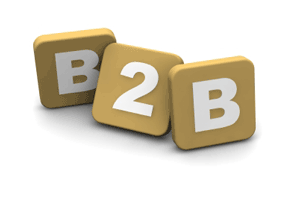
Is Automated Ecommerce Technology Sabotaging Your Business?
As brands increasingly focus on digital sales, they emphasize streamlining operations and automating logistics through ecommerce technology to effectively manage inventory systems, ad campaigns, etc. But software alone is not enough to guarantee positive outcomes, and when mismanaged, it can even do more harm than good.



